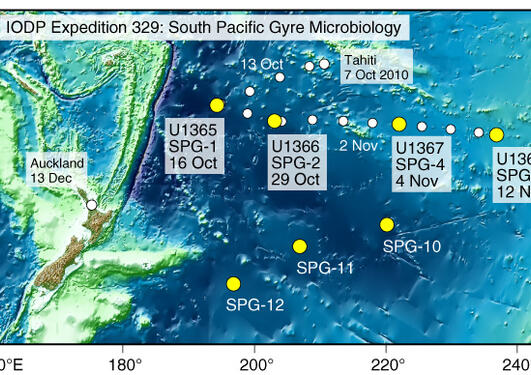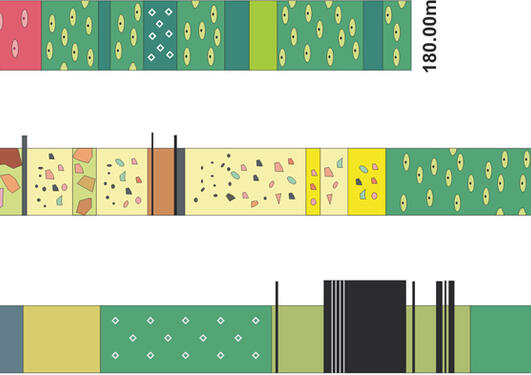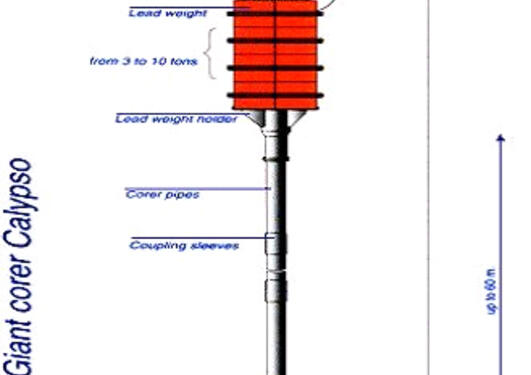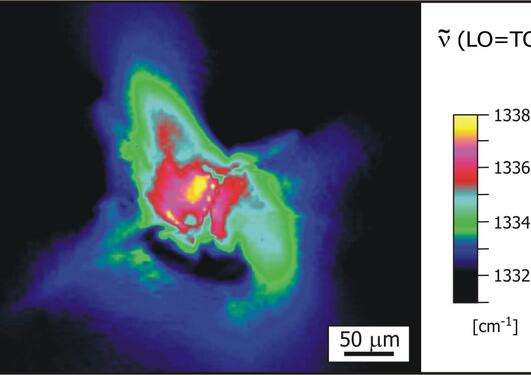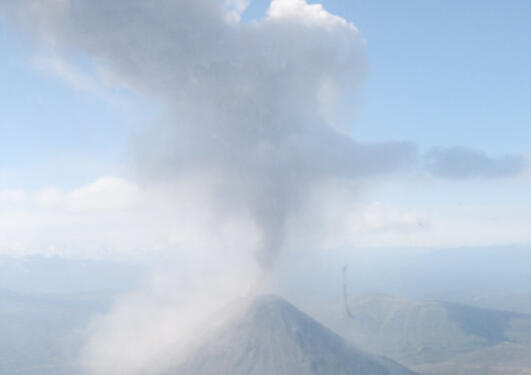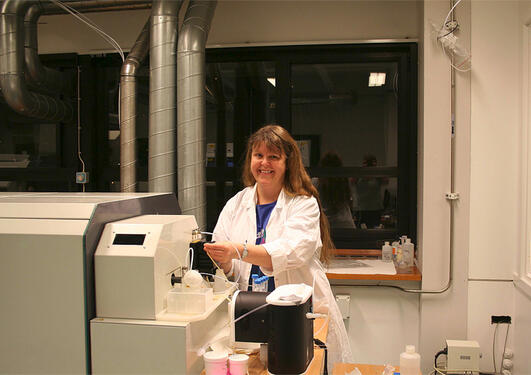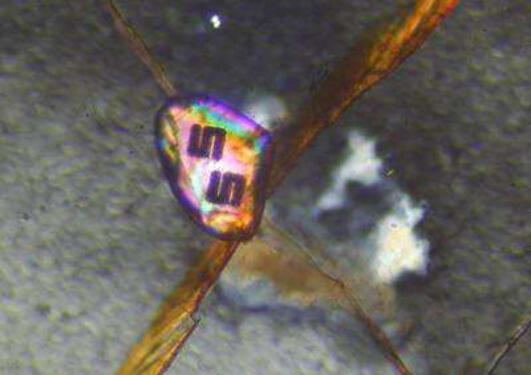News archive for Centre for Geobiology
The paper presents the 2008 discovery of Loki’s Castle, the most northerly identified black smoker yet identified, and its unique vent fauna.
CGB researcher is an expert participant on an IODP cruise to the South Pacific.

BBC Science and Environment News highlights a recent article written by Daniel Fliegel et al in Earth and Planetary Science Letters.
Last night the Bergen Research Foundation (BFS) awarded its annual awards, which are aimed at recruiting outstanding young researchers.
Analytical investigations of the Barberton Scientific Drill core are now in full swing. Back in summer 2008 scientists from CGB and the Africa Earth Observatory Network (AEON), at the University of Cape Town, S Africa extracted 800m of drill core containing rock material from the early Archean, a very important but little studied period in early Earth’s history.
The final details are being organized for this summer’s research cruises.
Studies of the earliest life forms on Earth can provide insights into how to look for traces of possible life on Mars.
The Centre for Geobiology will organize a Raman-spectroscopy short-course June 2010.
This is the abstract of a seminar given by Nicola McLoughlin, during a month-long stay in South Africa at AEON September 2009.

If 2008 was the year of discovery – then for us 2009 has been a year of development.

Centre for Geobiology leader, Rolf Birger Pedersen, is participating in a research cruise out of the University of Southampton.
Understanding the vast and complex microbial world around us is a difficult and complex process – we cannot see most of it!! However, thanks to better visualising tools and advances in molecular technology we are learning more – or coming to understand how little we know!
Siv Hjorth Dundas er tilknyttet Teknisk faggruppe, lab, og Senter for Geobiologi. Hennes hovedansvarsområde er driften av ICPlaboratoriet.
It is not uncommon in Earth and environmental sciences that we need to study chemical and isotopic composition of solid samples on sub-microscopic scale. This is because many minerals and biological samples are heterogeneous and it is those variations on small scale that provide the most valuable information about the sample’s formation and history. For this reason, geologists have often been the... Read more
The Bergen Geoanalytical Facility - BGF (formerly CEIA) was established around several existing geoanalytical techniques at the University of Bergen and it was officially opened on 29th September 2005.
(from Geoviten-ekstern 18.12.2009) The department has recently installed a new Raman spectrometer at the Bergen Geoanalytical Facility on the second floor in Realfagbygget.
(from Geoviten-ekstern 18.12.2009)
Our planet is a work of life. Biological and geological processes have been inextricably linked since life first emerged on Earth. Learning more about when and where life first evolved is central to understanding how geobiological systems have shaped our planet. The answers to these questions are preserved in sparse and fragmentary early Archean rocks that... Read more
Pages
- May 2017 (1)
- January 2017 (1)
- December 2016 (1)
- November 2016 (1)
- October 2016 (1)
- September 2016 (1)
- June 2016 (1)
- May 2016 (2)
- April 2016 (1)
- January 2016 (1)
- November 2015 (2)
- October 2015 (2)
- July 2015 (1)
- June 2015 (1)
- May 2015 (2)
- February 2015 (1)
- September 2014 (1)
- June 2014 (1)
- May 2014 (3)
- March 2014 (2)
- December 2013 (3)
- November 2013 (1)
- October 2013 (2)
- August 2013 (1)
- June 2013 (1)
- May 2013 (1)
- April 2013 (2)
- February 2013 (1)
- January 2013 (2)
- December 2012 (1)
- October 2012 (1)
- September 2012 (1)
- August 2012 (1)
- January 2012 (1)
- December 2011 (1)
- November 2011 (3)
- October 2011 (1)
- September 2011 (5)
- July 2011 (3)
- June 2011 (4)
- May 2011 (1)
- April 2011 (2)
- March 2011 (3)
- February 2011 (1)
- January 2011 (1)
- November 2010 (3)
- October 2010 (1)
- September 2010 (1)
- June 2010 (3)
- May 2010 (1)
- April 2010 (3)
- March 2010 (1)
- February 2010 (3)
- January 2010 (2)
- September 2009 (1)
- August 2009 (2)
- July 2009 (1)
- June 2009 (4)
- March 2009 (2)
- February 2009 (1)
- January 2009 (1)

